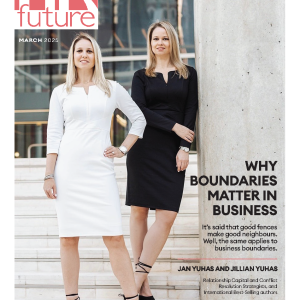After nearly two months of remote working South Africans are ready to get back to working in the office as the initial novelty of remote working has revealed unexpected difficulties, detracting from people doing their jobs properly.
The reality of working from home was certainly different to expectations now that we are well into what is a giant social experiment.
Ironically perhaps, working from home had led to a complete lack of work life balance. People are been disrupted by colleagues at all hours and on all days.
People are also over working and others are under working. This had caused an imbalance in productivity, creativity and by extension, difficulties in managing larger teams. Real collaboration is also very difficult.
We need to restart the engine. In order to survive, businesses want to get their staff back to the office as quickly and healthily as possible.
Here are several problems remote working had exposed:
1. Video conferencing fatigue
So many people are reporting similar experiences that it’s earned its own slang term, ‘Zoom fatigue’, though this exhaustion also applies to other videos conferencing like Google Meet, Skype and FaceTime.
Virtual interactions can be extremely hard on the brain. A typical video call requires sustained and intense attention to words because the possibility of viewing body language is mostly eliminated.
Multi-person, gallery view screens magnify this problem. It challenges the brain’s central vision, forcing it to decode so many people at once.
2. Feelings of isolation, anxiety
Though working from home can make life easier at first, it can actually be detrimental to employees’ mental health. Humans are social creatures, and working without seeing anyone can make employees feel cut off.
Remote working can also cause anxiety. The lack of close contact hinders three key parts to any effective working relationship: The formation of trust, connection and mutual purpose. Remote employees are more likely to struggle with office politics, worry what colleagues are saying about them and lobby against them.
3. Teamwork troubles
When employees work mostly or exclusively from home, they likely only interact with their colleagues via email and occasional calls.
Remote working isn’t conducive to building meaningful relationships with co-workers in the same way that working in the office is.
This is important for two reasons. Firstly, interacting daily with coworkers facilitates expectation-setting. When new employees are continuously exposed to the behaviour of their colleagues, they’re able to grasp the standards of performance and communication much more quickly than they would remotely.
Second, social interaction is strongly correlated with workplace engagement and satisfaction. A Gallup study of 15 million employees showed that those with a work buddy are seven times as likely to be engaged in their jobs, are better at engaging customers, produce higher quality work, and have greater sense of well-being compared to those without.
4. Enthusiasm for business building harder to foster
Businesses want their employees to be passionate about the work they’re doing but inspiring passion across a dispersed team is not impossible, but certainly harder.
Unless your employees are all completely self motivated, it’s difficult to stimulate enthusiasm about your service or product without ample social engagement. Big enthusiasm is tough to express digitally.
The reality is lockdowns haven’t had people working at full speeds so although the home office will still play a role in a world that gradually gets back to work, the office is still the best model of working for most companies.
But wellbeing now has to be front of mind for companies. We have to come up with solutions on how to design for distance but still promote interaction. We have to create resilient workspaces for future pandemics.
But the good news is that the evolved work areas will provide more privacy and cosiness. The evolved office will be a nicer place to work.
Linda Trim is a Director at Giant Leap.

























